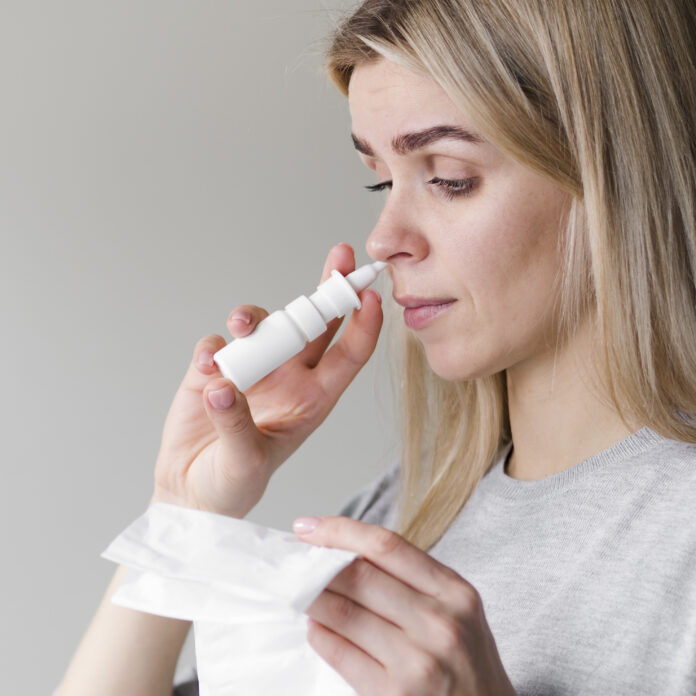One of the biggest drawbacks of the current COVID-19 vaccinations is that they are injected intramuscularly. The experience be traumatic, especially for children. The inoculation also often leaves the injection site feeling sore and heavy for a long time. Furthermore, the current guidelines recommend that immunocompromised people should get booster shots after 6 months of the initial dose. That’s a lot of injections.
But what if there was an easier way to get your required COVID-19 shot? And what if it works even better than the intramuscular injection?
Well, researchers from the University of Houston and the UH College of Pharmacy have recently published a study in iScience that details the development of a single-dose COVID-19 vaccine that can be inhaled through the nose.
Why an intranasal vaccine?
Well, the target of the intramuscular injections is mainly to elicit systematic immunity. However, the SARS-COV-2 virus, as we know, is a respiratory virus that spreads through airborne droplets.
This means that its gateways into the body are the oral and nasal mucosa.
An intranasal vaccine directly comes in contact with this mucosa, triggering antibody production there. It also triggers a systematic response, resulting in a synergistic effect that could potentially induce the best immunity against the virus.
“However, mucosal vaccination has been hampered by the lack of efficient delivery of the antigen and the need for appropriate adjuvants that can stimulate a robust immune response without toxicity,” explains lead author Navin Varadarajan, who is a Professor of Chemical and Biomolecular Engineering at the University of Houston.
Therefore, the researchers worked together to create a powerful adjuvant for their vaccine: the NanoSTING. They tested this new formula on mice models and found that it was successful in inducing a systematic and mucosal response that included antibodies and T-cells.
Pending a successful human trial, the intranasal vaccine may help create better vaccine equity in low-income countries, says Varadarajan.
-Navin Varadarajan
“Equitable distribution requires vaccines that are stable and that can be shipped easily. As we have shown, each of our components, the protein (lyophilized) and the adjuvant (NanoSTING) are stable for over 11 months and can be stored and shipped without the need for freezing.”
Source: University of Houston
https://stories.uh.edu/2021-intranasal-covid-vaccine/index.html




